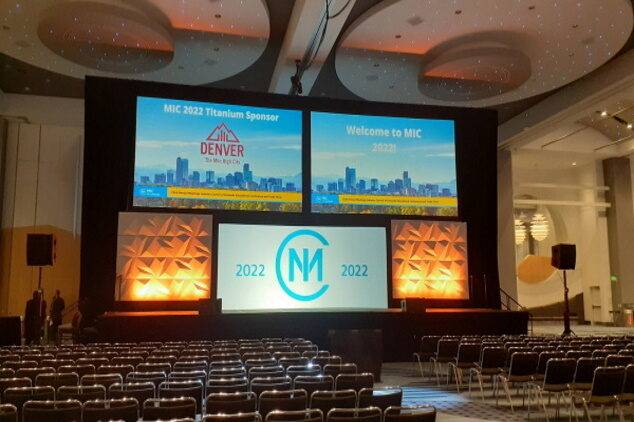Lighting plays a vital part in motion projection because it sets the mood and tone of the exhibit. Different lighting methods can evoke various emotions and reactions from the audience. For instance, using gentle, cozy illumination can create a inviting atmosphere, while bright, cold lights may create a more energetic or intense impact. By thoughtfully choosing illumination hues and intensities, artists can manipulate how audience perceive the projected images, leading to a more engaging encounter. The equilibrium between mapping luminance and ambient light is essential, as it can significantly impact the clarity and effect of the images.
In addition to, hue and brightness, the angle of illumination also affects the effectiveness of projection. Illumination from different angles can generate contrast and highlights that introduce dimension to the mapped go visuals. This method, known as chiaroscuro, can improve the three-dimensionality of the objects being mapped. Furthermore, using moving lights can add dynamism to the display, making the experience more engaging for the audience. When the light collides with the mapped images, it can create an illusion of movement and transformation, capturing the viewers' attention.
Another essential aspect of lighting in projection is the use of special effects. Methods such as gobo lighting, which employs shapes and browse around this website forms to project light, can add depth and intricacy to the projections. This approach allows artists to layer visuals and produce aesthetically captivating results that complement the projection. Additionally, incorporating lasers or light-emitting diode illumination can additionally improve the display, offering a unique blend of visual elements that draw the audience in. These special effects, when used thoughtfully, can transform the mapping into a basic show to an engaging piece of art.
In conclusion, the impact of lighting methods on video projection is profound. By understanding how various illumination components interact with projected images, artists can create captivating encounters that connect with audience. The thoughtful selection of color, intensity, direction, and unique effects allows for a vivid canvas of sight narrative. As technology continues to grow, the options for artistic expression in projection will only grow, making lighting an ever-important aspect in this progressive art form.
